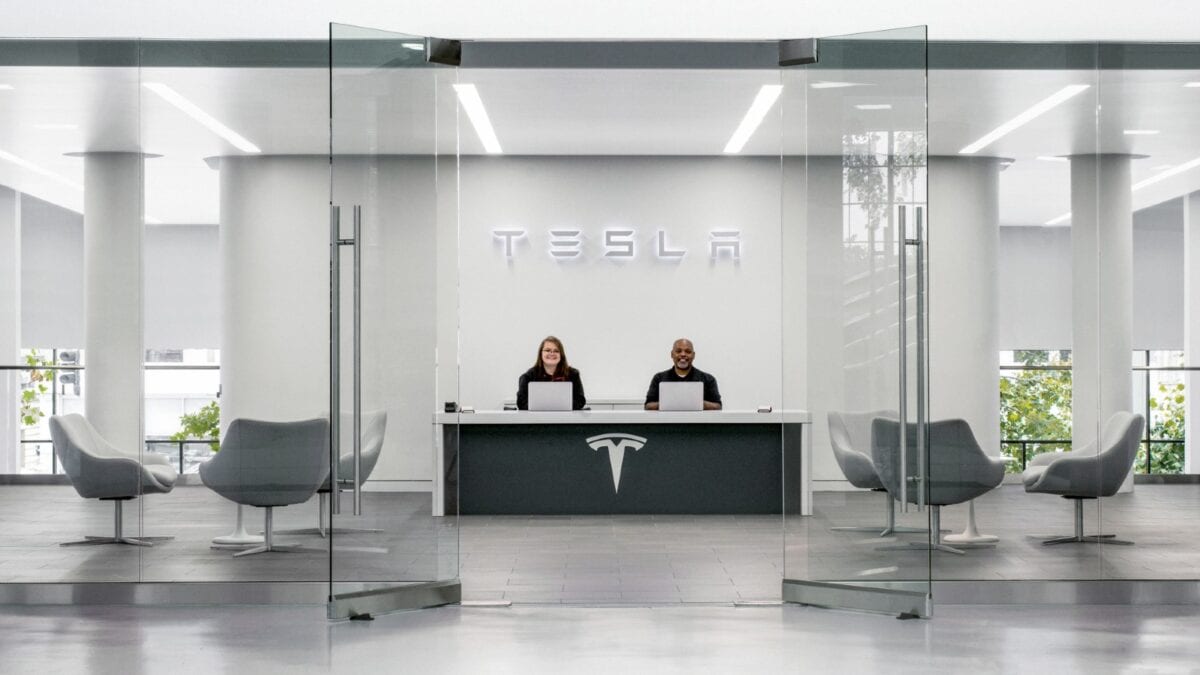Image source: Getty Images
While the FTSE 100‘s the leading index here in the UK, its rather tepid performance is often overshadowed by the S&P 500. It’s popular for having a higher average dividend yield but its growth pales by comparison.
Over the past five years, the Footsie‘s increased 12.5%, while the S&P 500’s increased 90%. This is largely due to the spectacular performance of America’s tech darlings, such as Meta, Amazon, and Google.
An investment of £10,000 into a FTSE 100 tracker fund would have grown to around £13,500 over five years (with dividends reinvested). A similar investment into the S&P 500 would have doubled to over £20,000.
Subsequently, S&P 500 tracker funds are becoming increasingly popular in the UK. One of my favourites is the iShares Core S&P 500 ETF, which is up 95.8% in the past five years. Of course, it’s had its ups and downs (in 2022 it closed down 10%) but overall it tends to provide reliable returns.
Credit where it’s due
Now, let’s not disregard the FTSE entirely. Its American counterpart may be a solid growth machine but it relies heavily on tech stocks. If the tech industry experiences a slump, it would threaten the entire index.
There are some FTSE 100 stocks I feel even more comfortable investing in for retirement. One of them is a solid staple among long-term income investors, Unilever (LSE: ULVR).
I already hold it and as a global consumer goods company with a vast portfolio of well-known brands, it adds a high level of defensiveness to my portfolio. On average, annual returns are similar to the FTSE 100 but volatility’s lower. This equates to more lucrative returns in the long run.
It’s up 334% in the past 20 years, whereas the Footsie’s up only 75%.
However, its significant global exposure makes it sensitive to foreign exchange fluctuations, particularly against the US dollar. Plus, as a producer of physical goods, the rising cost of raw materials puts pressure on its margins.
These factors add some risk to the investment, along with competition from consumer goods giants like Nestle and Procter & Gamble.
Dividends
Unilever’s dividend yield typically hovers around 3% to 4%, offering a steady income stream. It has a strong history of maintaining and increasing its payout, although recent economic struggles have subdued dividend growth. What’s most attractive is the consistency: dividends have increased at a rate of 4.42% per year for the past 10 years with no cuts or reductions.
Another low-volatility stock I recently invested in is British food service giant Compass Group. It lacks the dividend strength of Unilever but makes up for it with solid growth. The share price is up 920% in the past 20 years, outshining even the S&P 500. And let’s not forget the UK pharma giant AstraZeneca, up 400% since 2004 — another reliable dividend payer.
I can’t deny that some of my US tech stocks are doing great, especially Axon and Fortinet. But when considering long-term investments for retirement, I always look to our local index.
It may be the tortoise in today’s global stock market race but in the long run, it might just beat the hare.
Credit: Source link












